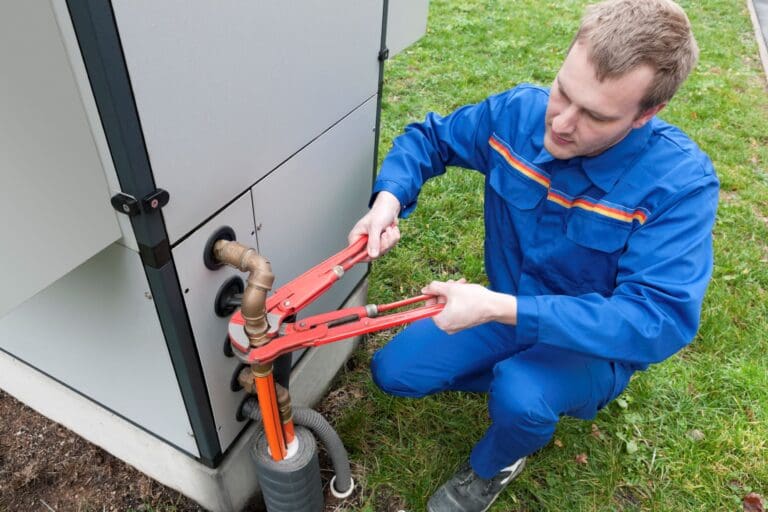
Government funding will see poorly performing heat networks improved, meaning fewer breakdowns and thousands of homes and businesses on old and inefficient heat networks benefiting from lower bills and a more reliable heating supply.
Twenty-four projects across England will receive a share of more than £13.2 million, while a further £667,000 will go to 31 projects to fund investigations into the improvements needed with heat network operators taking the required action.
The funding is the first round of awards to be made under the £32 million Heat Network Efficiency Scheme which forms an important part of the government’s support for heat networks. This also includes the £288 million Green Heat Network Fund, to support the creation of heat network projects that use a low carbon heating source, such as a heat pump, solar or geothermal energy.
Stats from the Association for Decentralised Energy (ADE), indicate that there are 17,000 heat networks in the UK, supplying half a million customers – a substantial increase over figures from 2013, when there were only 2,000 heat networks in the UK, with 211,000 users.
Despite this growth, heat networks only contribute around 2-3% of the UK’s total heat demand at present, which is much lower than European contemporaries. The government support for development of new heat networks, alongside retrofitting and expanding older systems, is part of a wider commitment for heat networks to supply a fifth of the country’s total heat demand by 2050.
Close collaboration between suppliers will be essential to achieve these ambitious goals. Bringing these technologies online is one thing, but ensuring they are efficient and effective is another challenge which requires good design principles and high-performing materials.
Here Steve Richmond, Head of Marketing & Technical at REHAU Building Solutions, discusses the importance of material specification.
A material world
Once designers and contractors know which generation they’re dealing with, they can make the correct choices in regard to material specification. For pre-insulated pipework, this is a choice between steel and polymer. The former has traditionally been the industry-standard, available in a large variety of sizes. Steel pipework is able to withstand operating constant operating temperatures of over 90°C, though with the lower flow temperatures of fourth and fifth networks, this is largely redundant.
However, steel pipework is heavier, so carbon emissions from freight are much higher, while installation involves welding, which requires both skilled workers and favourable weather or tents. As opposed to polymer, steel networks also need more joints due to the 12m pipe lengths and the requirements for ground expansion loops. Additionally, water ingress at the pipe join can lead to corrosion and even pipe failures.
This is where polymer pipework appears to better suit the needs of modern heat networks – particularly fourth generation systems. Lightweight and flexible, it is easier to transport, with less environmental impact. A 2022 study from REHAU indicates that polymer pipes can cut carbon emissions by up to 67% against steel, taking into account an average journey.
Polymer’s flexible nature allows it to be coiled up to 570m for storage or transport with less joints will be required for the network. This also allows the pipework to be curved in the trench to avoid obstacles or other utilities. To further simplify installation, polymer pipework can be installed without need for welding. REHAU’s RAUVITHERM and RAUTHERMEX pre-insulated pipework, for instance, use the bespoke Everloc compression sleeve jointing system.
Material specification for DHNs goes beyond simply the pipework; shrouds also affect both installation speed and performance. Complementing the flexible nature of polymer pipework REHAU has developed a new shroud that is universal with all REHAU pipe sizes between 90-250mm, while also able to support angle deviations of up to 22.5° in every direction. This gives contractors vital adaptability around the unique demands of each site.

Maximising benefits
A heat network is nothing more than the sum of its parts, and not all parts are equal. Material specification should be front-of-mind for any new district heating project. Selecting parts that suit the generation of heat network that is being created, while specifying high-performance materials, can facilitate a faster and greener installation and, more importantly, a longer lasting, more efficient system once in operation.
